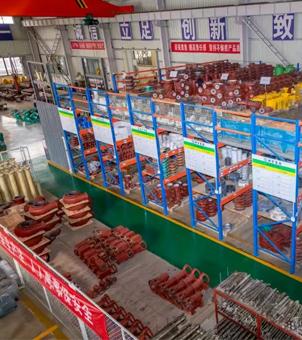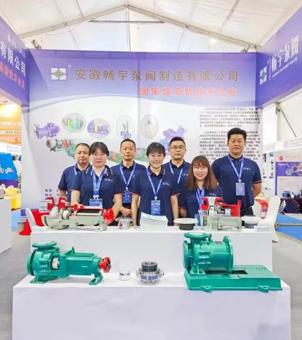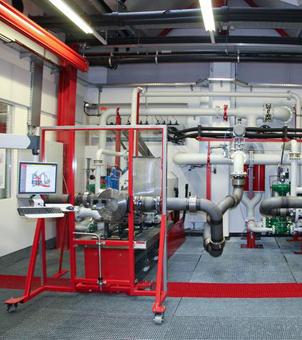C2J-YM diaphragm metering pumps use diaphragms to achieve the transportation and metering of liquids.Adopting a dual - cylinder parallel connection, it has a simple structure, is corrosion - resistant, convenient for adjustment and has good stability.
MaximumFlow :
15000L/hMaterial :
PVC, 304, 316, PVDF, PTFEOrder(MOQ) :
1Color :
CustomizableC2J-DM hydraulic diaphragm metering pump
Flow range:0-15000L/h.
Pressure range:0-50Mpa.
Adjustment range: 0 - 100% stepless adjustment, with steady - state accuracy of ±1%.
The flow rate can be adjusted either during shutdown or in the running state, and the adjustment mode can be selected as manual or variable - frequency.
Motor options: customized motors such as 220V, explosion - proof, variable - frequency, and variable - frequency explosion - proof ones.
Multiple materials: PVC, 304, 316, PVDF, PTFE, and PTFE - lined materials, etc., suitable for various materials.
Various special hydraulic end forms such as optional heat - preservation jacket are available.
The structure of the high - precision one - way check valve ensures the accurate metered dosing.
For the hydraulic diaphragm type, pressure selection or double - diaphragm leak detection (local/remote) alarm is available.

WHY CHOOSE US?




FAQ
1. How does a self-priming pump work?
A self-priming pump works by initially mixing air and water in its casing to create a vacuum. This vacuum draws more water into the pump, allowing it to push the air out through the discharge. Once all the air is expelled, the pump continues to operate as a regular centrifugal pump, moving water efficiently. This process allows the pump to restart and regain prime automatically if it loses prime during operation.
2.Why are centrifugal pumps not self-priming?
Centrifugal pumps are not self-priming because they rely on the continuous flow of liquid to operate. If air enters the pump, it disrupts the flow and prevents the pump from creating the necessary vacuum to draw in more liquid. Without liquid in the pump casing, centrifugal pumps cannot generate the suction needed to prime themselves, which is why they need to be manually primed or use external priming methods before operation.
3.What is the depth of a self-priming pump?
The depth, or maximum suction lift, of a self-priming pump typically ranges from 15 to 25 feet (4.5 to 7.5 meters), depending on the pump's design and specifications. This is the maximum vertical distance from the water source to the pump at which it can still effectively prime and draw liquid.
4.What pumps do you mainly produce?
Magnetic Pump; Centrifugal Pump; Self-priming Pump; Submersible Pump; Slurry Pump; Fluoroplastic Pump; Metal pump
5.What is the maximum suction lift of a self priming pump?
The maximum suction lift of a self-priming pump is typically around 25 feet (7.5 meters) under ideal conditions. This is the vertical distance the pump can lift water from the source to the pump inlet. The actual suction lift can be affected by factors like the liquid's properties, temperature, and the pump's condition.
Our hours
Mon 11/21 - Wed 11/23: 9 AM - 8 PM
Thu 11/24: closed - Happy Thanksgiving!
Fri 11/25: 8 AM - 10 PM
Sat 11/26 - Sun 11/27: 10 AM - 9 PM
(all hours are Eastern Time)